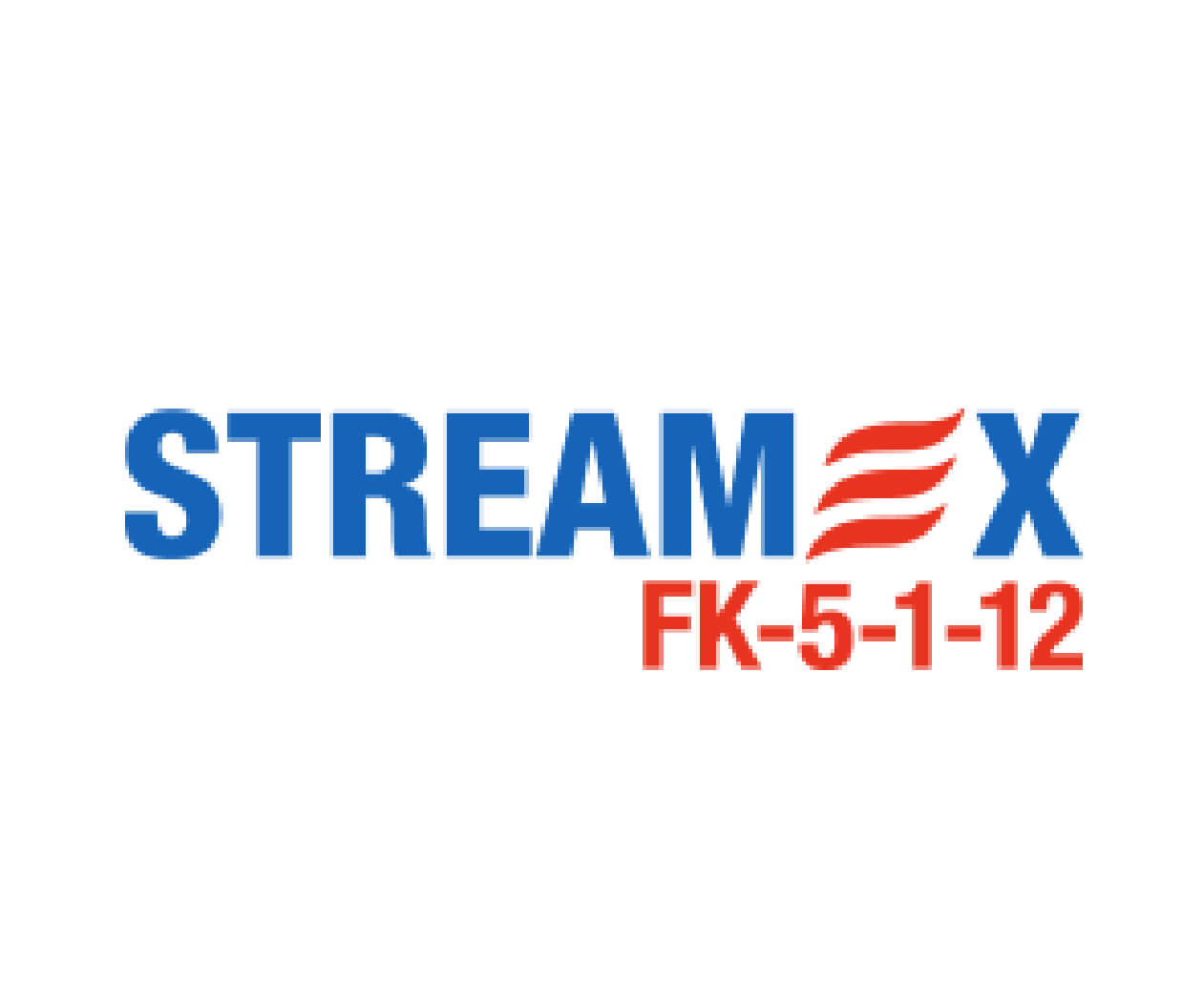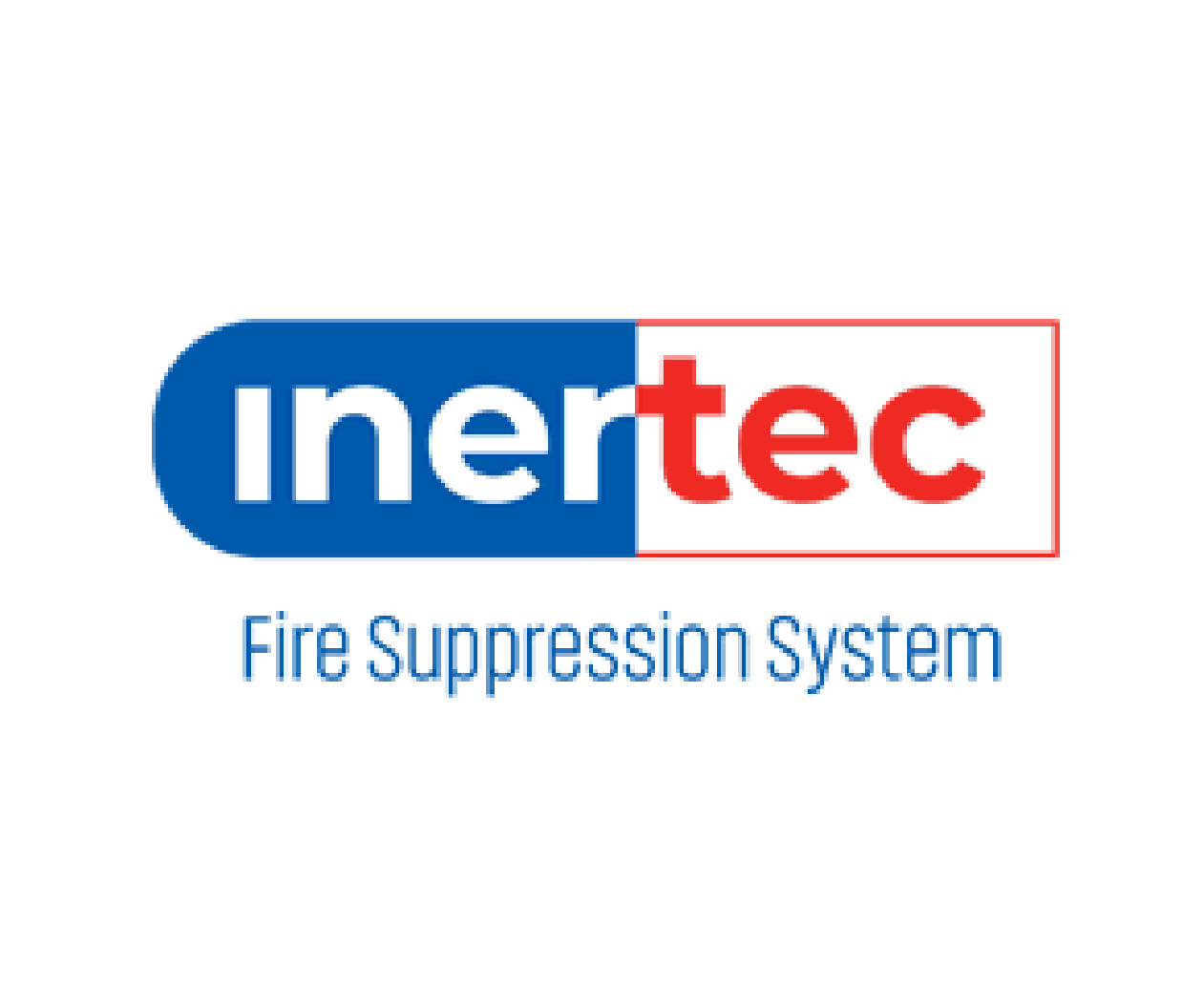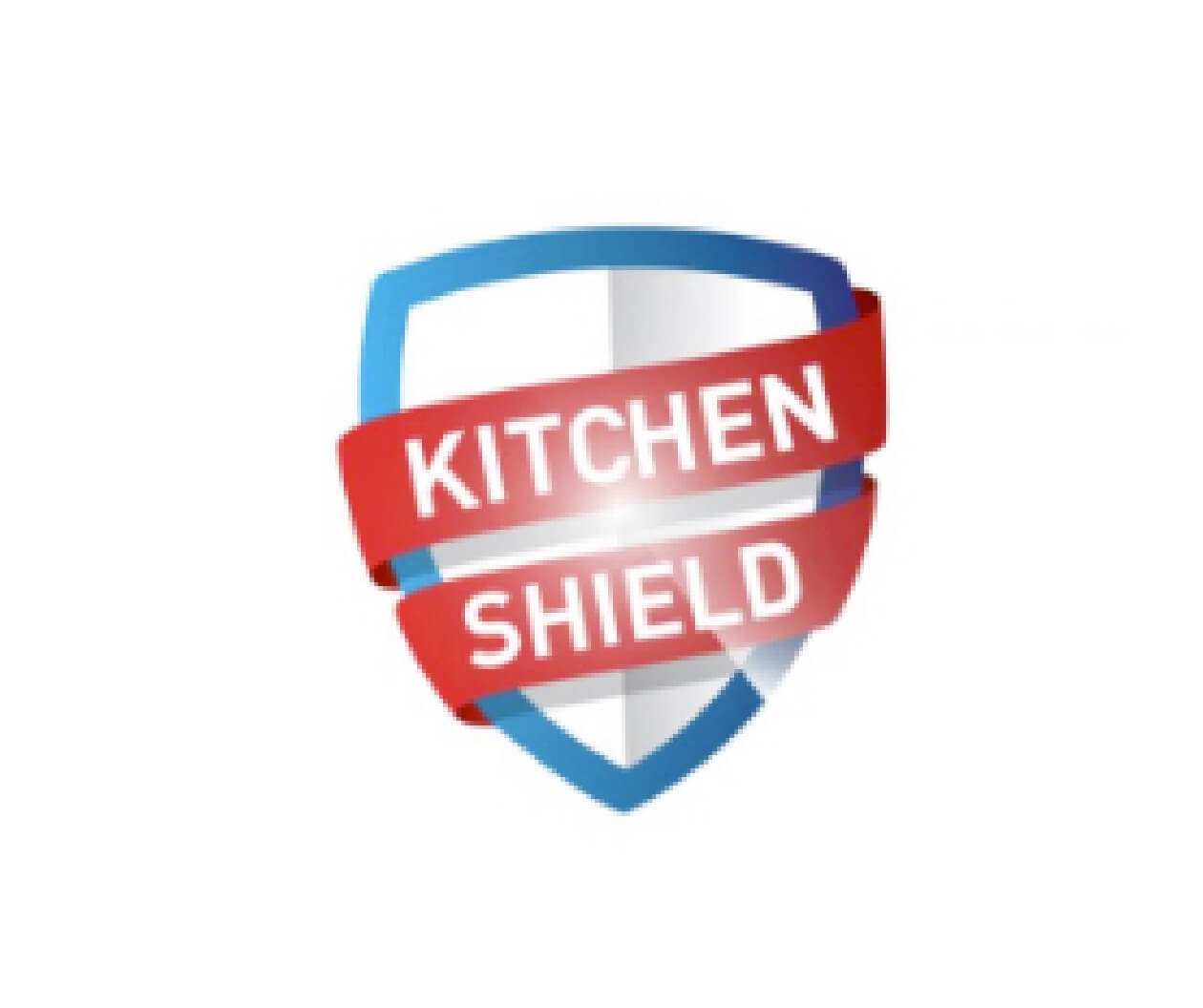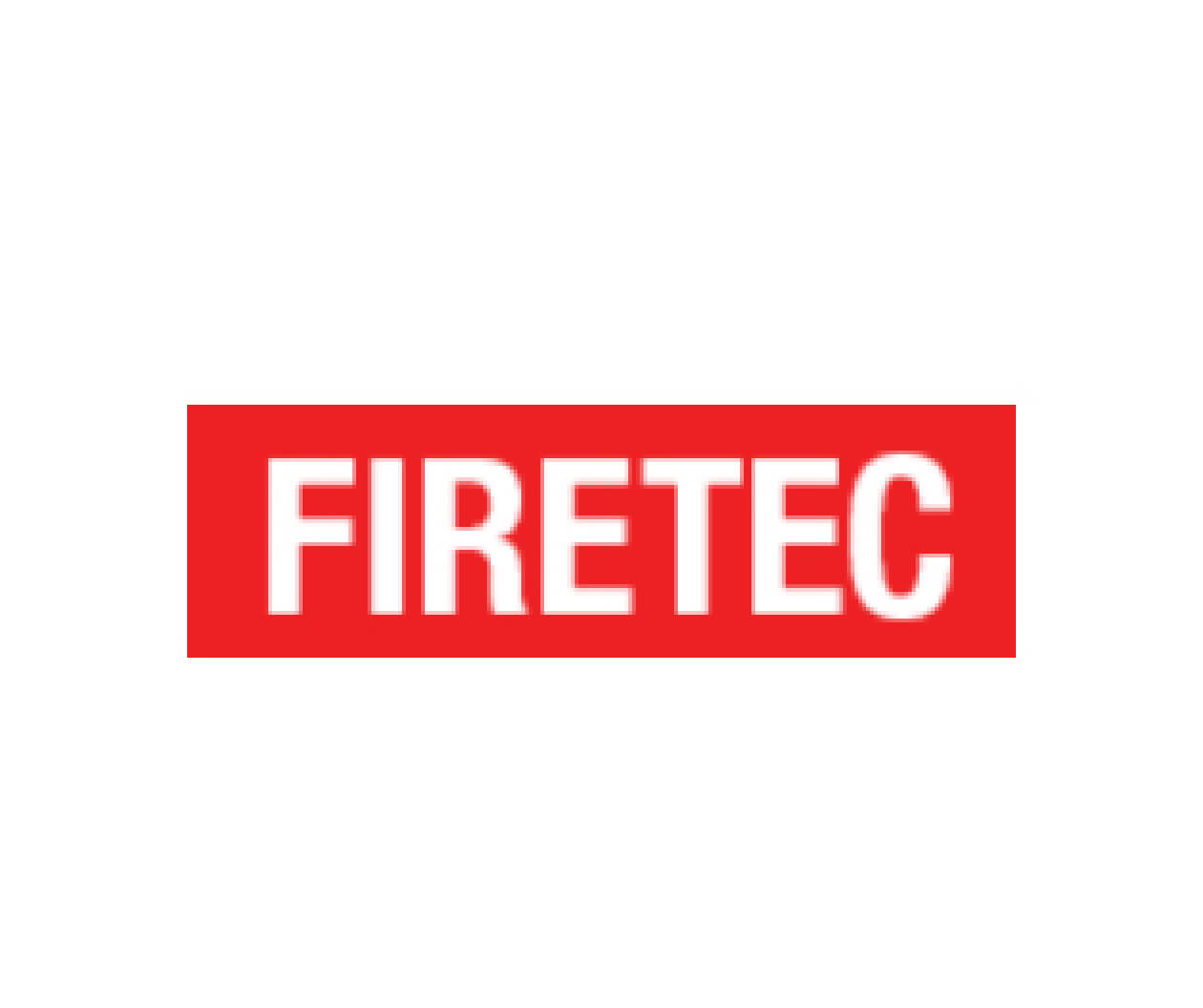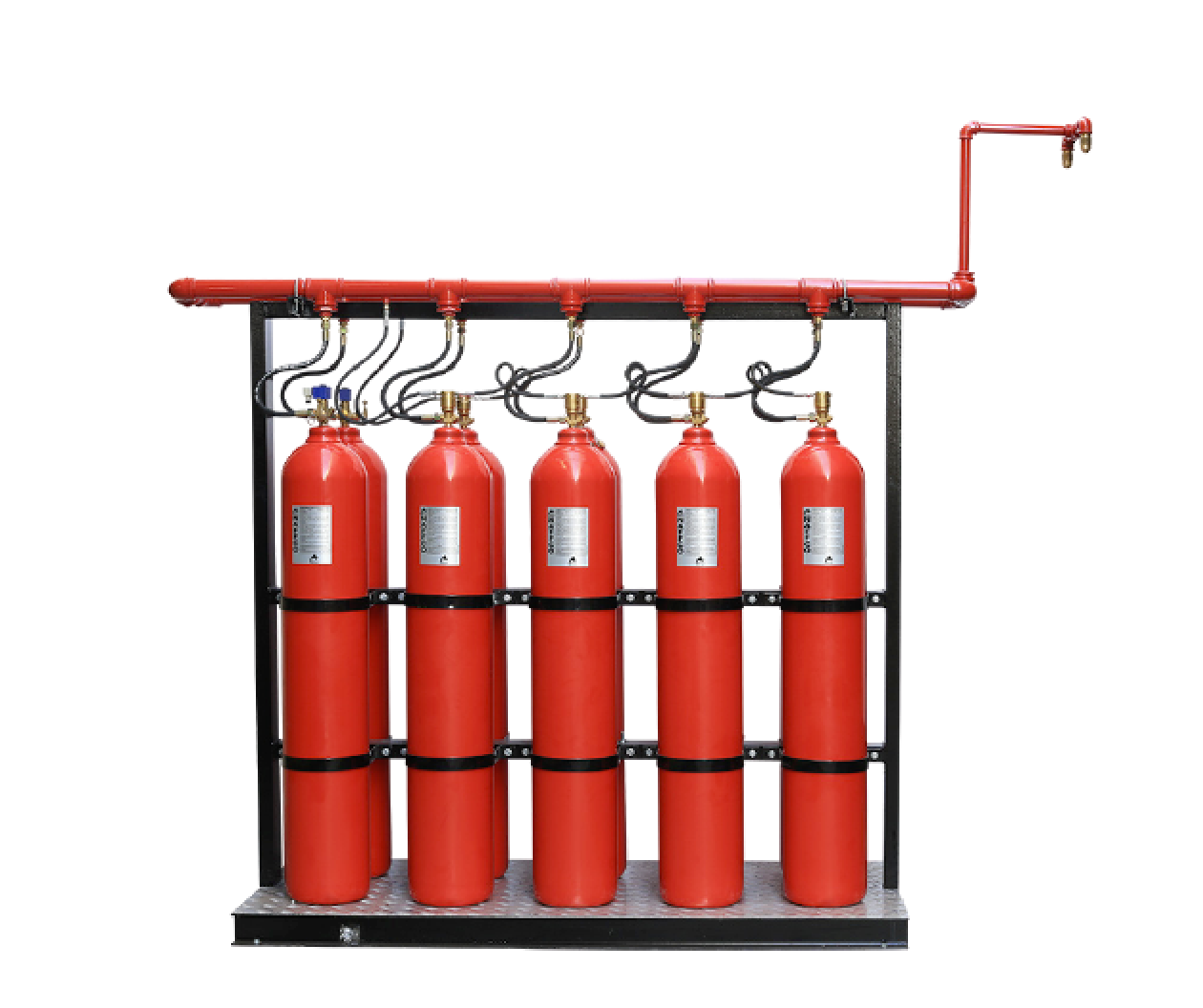Fire Suppression Systems
SRI offers the widest range of proprietary fire suppression systems in Malaysia. Tested, approved and certified by global certification bodies, our suppression systems are available in a wide variety of sizes and agents, suitable for usage in any project. With continuous R&D and a dedicated technical team for these systems, we are confident in being your number one partner for all your fire suppression needs.
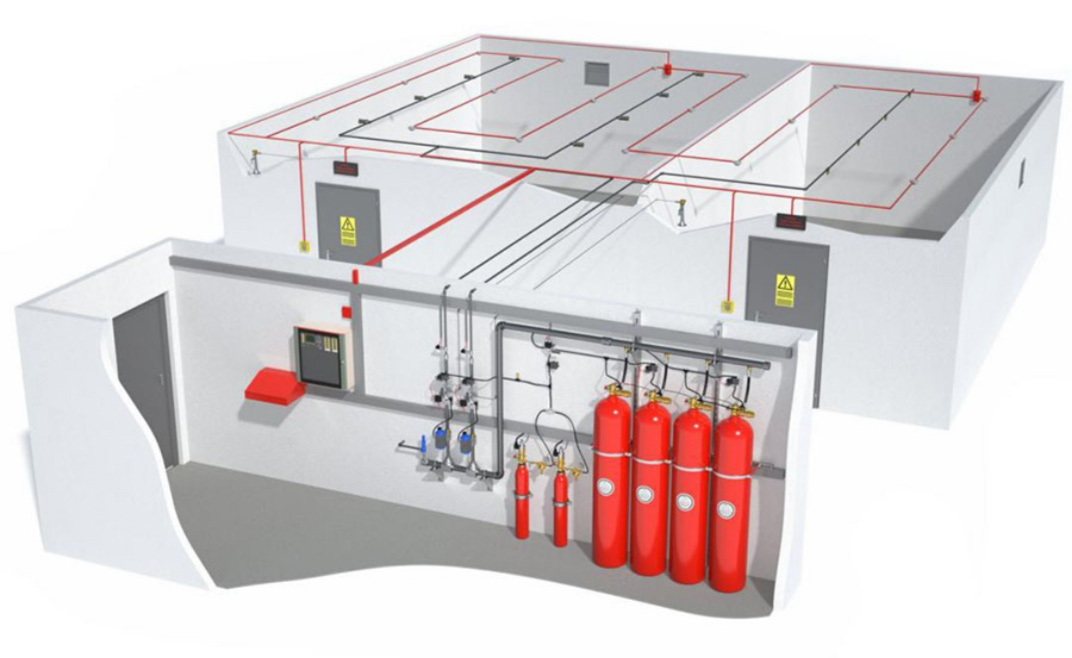
What is a fire suppression system?
Fire suppression systems are typically used to control, put out or
prevent fires from spreading by applying an extinguishing substance
such as water, foam, inert gas or chemical compounds.
How does it work?
A fire suppression system is designed for early detection of fire, especially at its infancy stage. The system will usually first identify the presence of smoke and heat, subsequently causing the suppression system to discharge, so the fire can be extinguished before it has the opportunity to spread.
Fire suppression systems can be considered an ‘active’ fire protection method because the system is triggered in response to the presence of fire or its indicators.
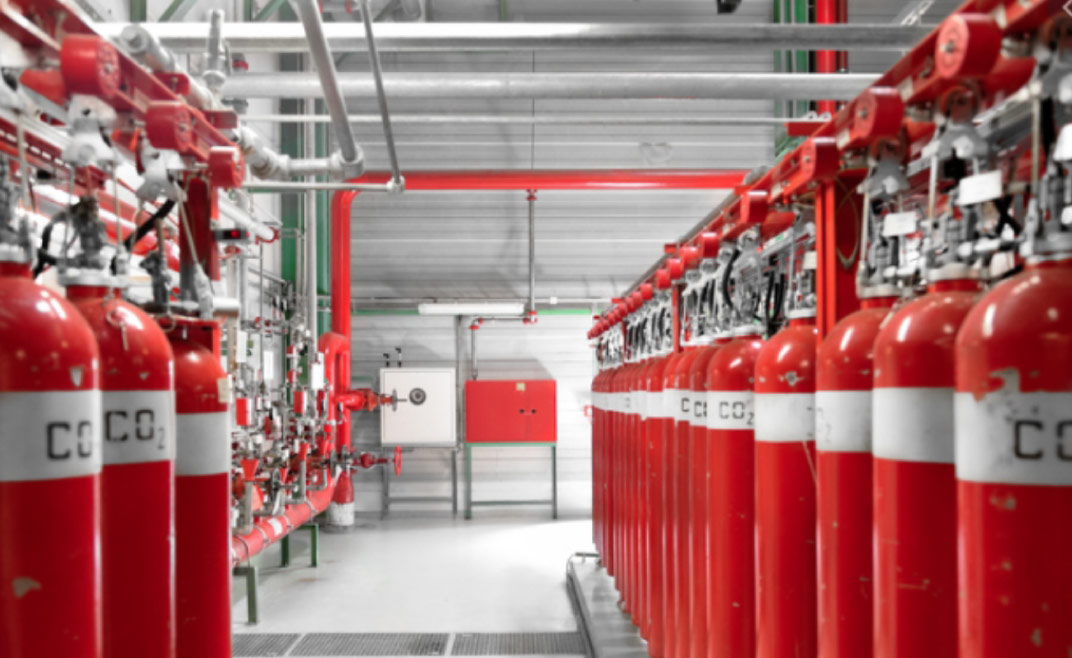
Where can I find these fire suppression systems?
Streamex
SR200
Inertec
Kitchenshield
Firetec
What is the difference between a traditional water system and a fire suppression system?
Both fire suppression systems and traditional water systems (e.g. sprinkler systems) can control or extinguish fires and are activated after the detection of heat and/or smoke. A fire suppression system, however, doesn’t use water which can be ineffective with certain types of fires (e.g. oil) or can cause water or flooding damage to high-value assets in areas such as data centres, archive rooms or museums.
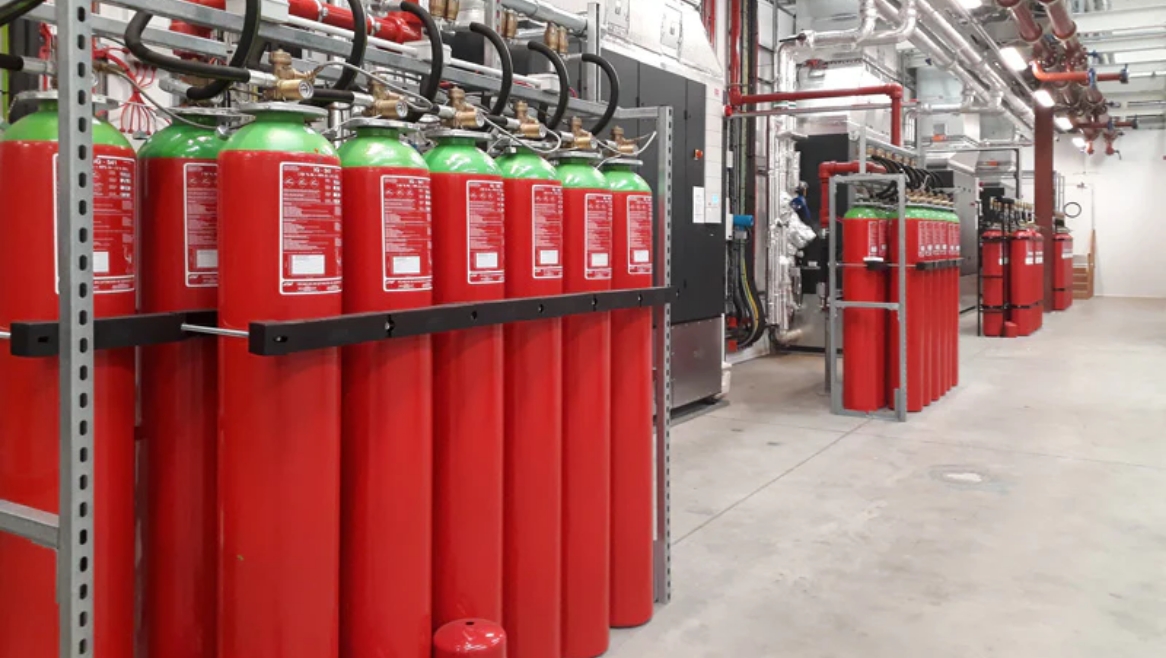
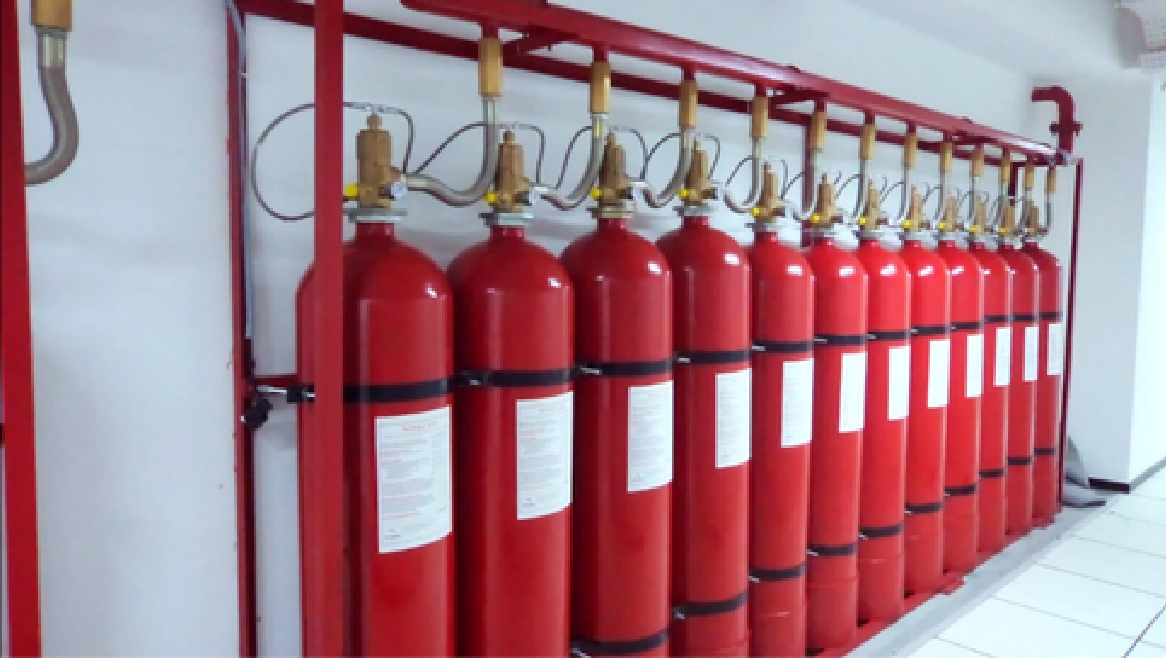
How does it work?
A fire suppression system is designed for early detection of fire, especially at its infancy stage. The system will usually first identify the presence of smoke and heat, subsequently causing the suppression system to discharge, so the fire can be extinguished before it has the opportunity to spread.
Fire suppression systems can be considered an ‘active’ fire protection method because the system is triggered in response to the presence of fire or its indicators.
When is a fire suppression system required?
Fire suppression systems should be installed in buildings or areas where a sprinkler system may not be the most effective method of fire protection or areas that are often unoccupied or unsupervised.

How does it work?
A fire suppression system is designed for early detection of fire, especially at its infancy stage. The system will usually first identify the presence of smoke and heat, subsequently causing the suppression system to discharge, so the fire can be extinguished before it has the opportunity to spread.
Fire suppression systems can be considered an ‘active’ fire protection method because the system is triggered in response to the presence of fire or its indicators.

When is a fire suppression system required?
Fire suppression systems should be installed in buildings or areas where a sprinkler system may not be the most effective method of fire protection or areas that are often unoccupied or unsupervised.
